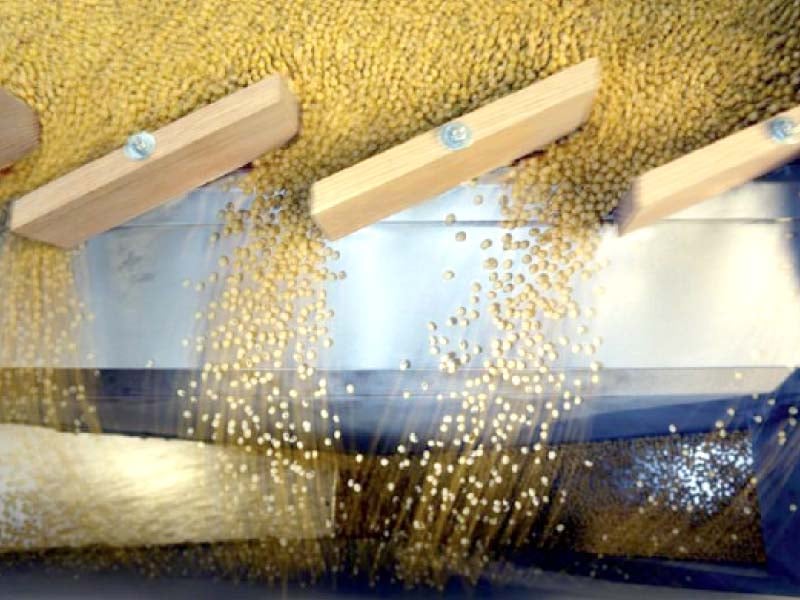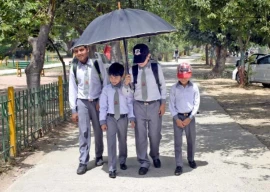
Developing a cutting-edge Artificial Intelligence (AI)-based price prediction model can help both farmers and consumers make better use of it. This model, bristling with completely-local historical prices of vegetables, fruits, and data on weather, humidity, and foreign exchange rates, aims to curb heavy fluctuations in prices at the market.
Both customers and farmers clamour against the rise and fall in prices of produce, respectively. Exporting maximum onions pushes up price hikes in local markets, while a bumper wheat crop lowers rates and coerces farmers to resort to protests. Both local customers and farmers are unaware of market trends and patterns; if one takes advantage of price decreases, another one has to suffer major losses. Market pundits, progressive farmers, and AI experts suggest that a successful AI-based price prediction model could help both consumers and growers tap into benefits with timely awareness.
AI Expert and SI Global Solutions CEO Dr Noman Said explained that both private IT companies and the government can develop this model, but a government initiative might be more beneficial for widespread and equitable access. The cost can vary widely depending on the scale and complexity but typically ranges from tens of thousands to several hundred thousand dollars. Private partnerships can also leverage funding and expertise to manage costs effectively.
He said local farmers can use this model to decide the best times to sell their produce, maximising profits. Customers can use it to plan their purchases when prices are predicted to be lower, ensuring they get the best deals. This model can be accessed via a mobile app or website for convenience.
The SI Global CEO said it is possible to develop an AI-based price prediction model using five to ten years of historical data. Such models can analyse trends and patterns from past prices, weather conditions, and economic indicators to forecast future prices. For example, Microsoft’s FarmBeats project uses AI to predict crop yields and market conditions effectively.
NiG & NiM (PVT) Ltd CEO Hafiz Zain Waheed, who deals in Islamabad-based Arath business (commission agent), advocates for clearer regulations and governmental support in advancing agricultural technology. Programmes that facilitate easier market access for small-scale farmers are also crucial for industry growth and sustainability, he said, adding that, “I developed a price prediction model using AI in the agriculture sector, including historical rates of 70 vegetables, climate, weather, humidity, and foreign exchange rates. The model is aimed to guide growers to avert losses. For example, onions are priced at Rs30 per kg in one year and the next year, it is sold at Rs300 per kg, showing how heavy price fluctuations can be controlled through it. If the government supports this AI-based model aimed to benefit farmers and end-consumers.”
Progressive farmer and agriculture pundit Nabi Bux Sathio believes that government officials are usually more eager to get cuts and kickbacks than to benefit locals. “If such an AI-based app or website is formed with national and international connectivity, it will revitalise farming patterns and help growers avoid losses in advance,” said Sathio. He suggested that the Ministry of Planning Development & Special Initiatives ought to evolve some strategy to set up the AI-based model to educate farmers so that they may grow crops with fewer losses.
Published in The Express Tribune, May 5th, 2024.
Like Business on Facebook, follow @TribuneBiz on Twitter to stay informed and join in the conversation.





































COMMENTS
Comments are moderated and generally will be posted if they are on-topic and not abusive.
For more information, please see our Comments FAQ